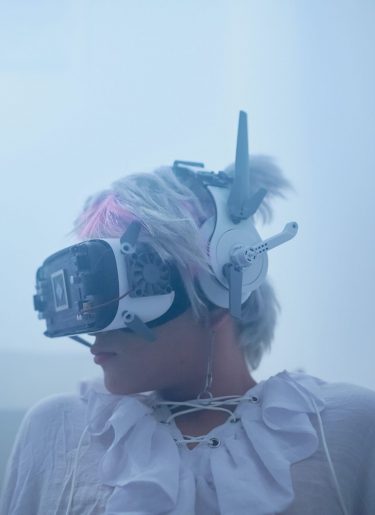
The use of the metaverse is still in its scouting phase, with relatively few employers providing their employees with virtual work spaces as yet. While it is far too early to assess the overall impact of the metaverse on employees, some potential risks are already apparent – and some of those concern health and safety.
It may be helpful to start by looking at some more familiar settings, such as employees’ experiences working with video screens. The risks associated with video screens seem likely to increase, especially for employees working in the metaverse on a full-time basis. These could include visual strain, musculoskeletal disorders, fatigue and mental health conditions.
We already have some evidence of these risks from the world of videogames. This suggests that the use of metaverse may have significant effects on health and wellbeing. Users may suffer from virtual reality sickness, which has symptoms similar to motion sickness (though caused by exposure to audio-visual signals rather than movement). This is a real and authentic physiological reaction from the human body to the virtual world. The most common symptoms are pallor, excessive sweating, dry mouth, stomach bloating, diziness, ataxia and nausea.
The psychological wellbeing of employees may also be affected. Steps will need to be taken to prevent information overload, typical in the metaverse. Moreover, excessive use of the metaverse may put employees at risk of isolation and of no longer distinguishing virtual reality from reality outside the metaverse. Interacting with avatars could produce the so-called Proteus effect, where a worker in the real world could feel in real time and directly on their physical body everything that affects their avatar.
There may also be a risk of bullying in the metaverse and employees may be able to make a claim for harassment.
Adopting measures to minimise the risks will be a real challenge. As employers may not always be present to ensure that the metaverse is a safe environment, they will need to find alternative ways to comply with their duty to guarantee a safe workplace, whether that workplace is real or virtual.
From a prevention perspective, employers should conduct a risk assessment and provide employees with training and safety instructions before allowing them access to the metaverse. Employees will also need to be allowed regular breaks from the metaverse.
Moreover, given that the metaverse will expose workers to the special risks associated with three dimensional virtual reality, it may well be time for employers to update their policies concerning the use of video, as those currently only cater for two dimensional screens.
The metaverse is certainly a promising opportunity. But like any innovation, it brings new challenges. Before using the metaverse for professional purposes, employers should carefully assess the risks and proactively take steps to safeguard their employees’ health and safety.


